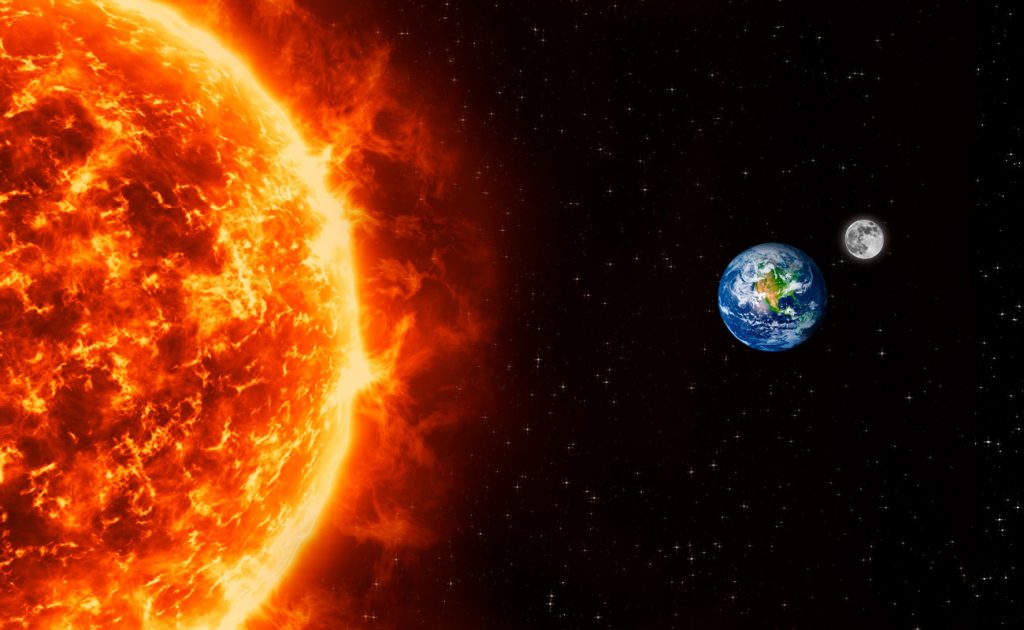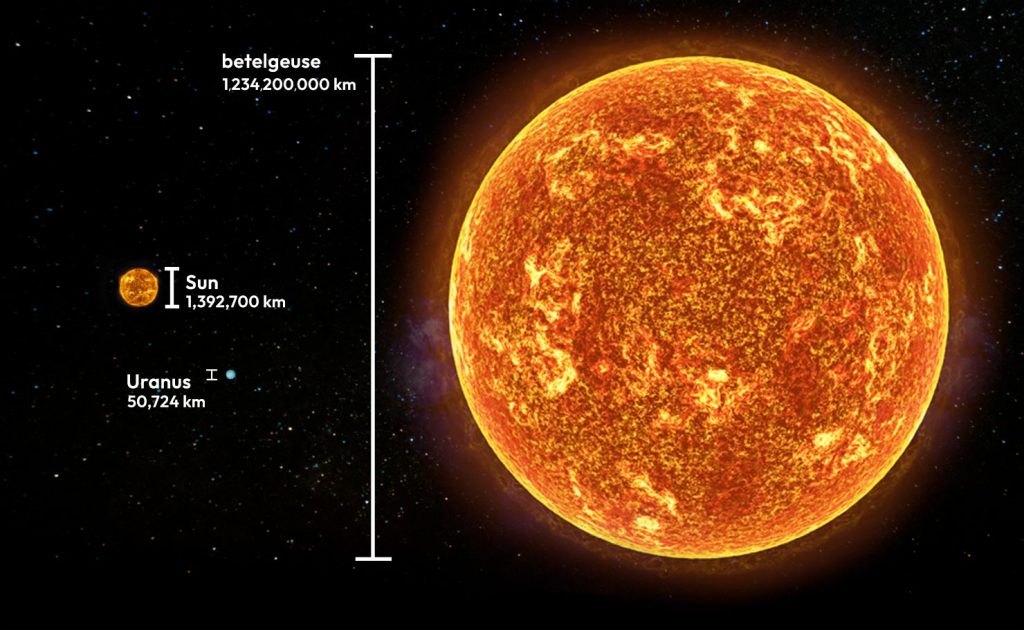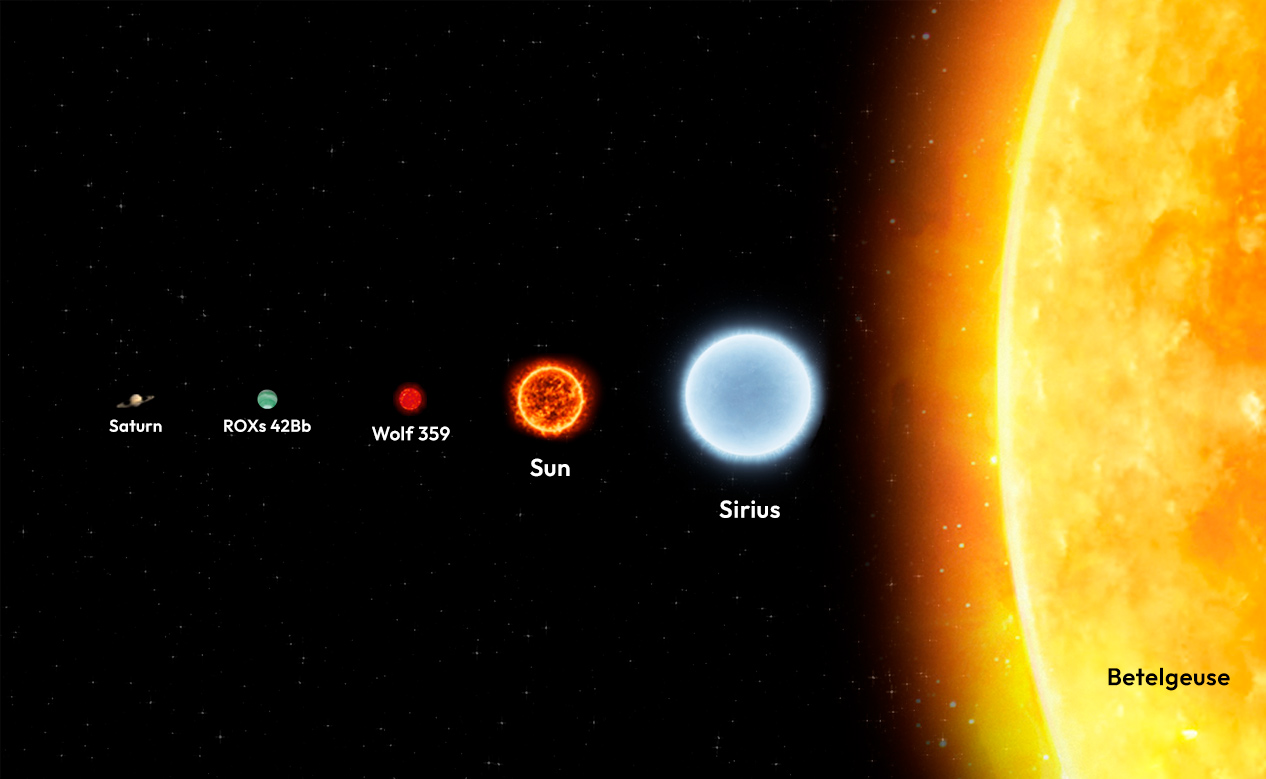On this article we talk about Stars Vs Planets , what’s the difference ? in the vast expanse of the universe, stars and planets are celestial bodies that captivate our imagination and fuel our curiosity about the cosmos. While both objects occupy space within galaxies, they possess distinct characteristics and play different roles in shaping the universe.
Let’s delve into the differences between stars and planets to gain a deeper understanding of these fascinating entities. stay with Spaceyv.com
What is a Star?
Stars are luminous spheres of plasma held together by gravity, primarily composed of hydrogen and helium, with other trace elements. They are massive celestial bodies that generate energy through nuclear fusion, the process in which hydrogen atoms fuse together to form helium, releasing immense amounts of energy in the form of light and heat.
so Stars Vs Planets which one win?

Key Characteristics of Stars:
- Luminosity: Stars emit light and heat, making them visible to observers from great distances. Their luminosity varies depending on factors such as size, temperature, and stage of evolution.
- Heat Source: Stars serve as the primary sources of heat and light in the universe, illuminating their surrounding space and influencing the conditions of any orbiting celestial bodies.
- Lifetime: Stars have finite lifespans determined by their mass. Massive stars burn through their nuclear fuel more quickly and have shorter lifespans, while smaller stars like red dwarfs can shine for billions of years.
- Classification: Stars are classified based on their spectral characteristics, including temperature, color, and luminosity. This classification system categorizes stars into groups such as main sequence stars, giant stars, and white dwarfs.
What is a Planet?
Planets are celestial bodies that orbit stars, deriving their light and heat from the stellar objects they revolve around. Unlike stars, planets do not generate their own energy through nuclear fusion but instead reflect and retain the light and heat emitted by their parent star.
Key Characteristics of Planets:
- Orbiting Stars: Planets orbit stars in elliptical or nearly circular paths, maintaining a gravitational relationship with their parent star.
- Composition: Planets are composed of various materials, including rock, metal, and gas. They may have solid surfaces, liquid oceans, or gaseous atmospheres, depending on their size, composition, and distance from their star.
- Diversity: Planets exhibit a wide range of sizes, compositions, and environmental conditions. They can be terrestrial planets, like Earth, with solid surfaces, or gas giants, like Jupiter and Saturn, with thick atmospheres and no solid surfaces.
- Moons and Rings: Some planets have natural satellites, or moons, orbiting around them, while others may possess rings made of dust, ice, or rock encircling their equators.
Related Contents:
Galaxy, Universe and Solar Systems
Key Differences Stars Vs Planets:
- Energy Source: Stars generate their own energy through nuclear fusion, while planets do not have internal energy sources and rely on the energy emitted by their parent star.
- Luminosity: Stars emit light and heat, making them visible sources of illumination, whereas planets reflect light from their parent star and do not emit light of their own.
- Mass: Stars are significantly more massive than planets, with masses ranging from several times that of Jupiter to hundreds of times the mass of our Sun.
- Orbital Dynamics: Stars typically serve as gravitational anchors around which planets orbit, whereas planets do not have orbiting bodies of comparable size and mass.

FAQs about Stars vs Planets
-
What distinguishes a star from a planet?
- Stars are luminous celestial bodies that generate energy through nuclear fusion, emitting light and heat, whereas planets do not produce their own energy and instead reflect the light and heat of their parent star.
-
How can I differentiate between stars and planets when observing the night sky?
- Stars appear as points of light that twinkle due to atmospheric effects, while planets typically appear as steady, non-twinkling points of light that may exhibit some degree of brightness depending on their proximity to Earth and their phase.
-
Do stars and planets have different compositions?
- Yes, stars are primarily composed of hydrogen and helium, with trace amounts of other elements, while planets have a more diverse composition, including rock, metal, and gas. Terrestrial planets, like Earth, have solid surfaces, while gas giants, like Jupiter, consist mainly of hydrogen and helium.
-
Can planets orbit stars other than our Sun?
- Yes, planets can orbit stars other than the Sun. These are known as exoplanets and have been discovered orbiting a wide range of stars throughout the Milky Way galaxy and beyond.
-
Why do stars appear brighter than planets?
- Stars appear brighter than planets because they generate their own light through nuclear fusion, whereas planets merely reflect the light of their parent star. Additionally, stars are often much larger and more luminous than planets, further contributing to their brightness.
-
Are there any exceptions to the general characteristics of stars and planets?
- While stars and planets generally adhere to certain characteristics, there are exceptions. For example, some objects known as brown dwarfs blur the line between stars and planets, as they are larger and more massive than planets but do not undergo nuclear fusion like stars.
-
Can planets have moons like Earth’s Moon?
- Yes, planets can have natural satellites, or moons, orbiting around them. Earth’s Moon is a well-known example, but many other planets in our solar system, such as Jupiter and Saturn, also have numerous moons of varying sizes.
-
How do scientists classify stars and planets?
- Stars are classified based on their spectral characteristics, including temperature, color, and luminosity, while planets are classified based on factors such as size, composition, and orbital dynamics.
In summary, Stars vs Planets are distinct celestial bodies with unique characteristics and roles within the universe. Stars are luminous spheres of plasma that generate energy through nuclear fusion, while planets are diverse worlds that orbit stars, deriving their light and heat from their parent star.
Understanding the differences between stars and planets enriches our appreciation of the cosmic tapestry that surrounds us and inspires further exploration of the mysteries of the cosmos. Thanks for staying with Spaceyv




Your writing has a way of resonating with me on a deep level. I appreciate the honesty and authenticity you bring to every post. Thank you for sharing your journey with us.